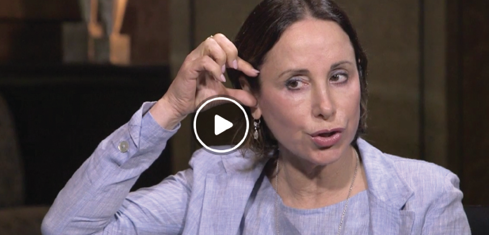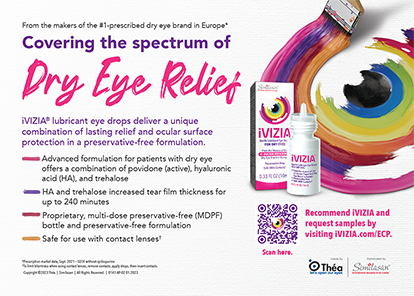Do nOt Get Stuck on Brows
The brow is often overlooked as part of pan-facial rejuvenation, says Ava Shamban, MD. When the forehead, midface, and lower face are treated but the brow is not, an unnatural, “stuck-on” appearance results.
When it comes to the undereye area, Dr. Shamban has perfected her approach: “I tend to use either Restylane or Restylane Lyft (Galderma) there—sometimes Belotero (Merz Aesthetics) loading the BD syringes, 0.3 mL, injecting on the bone. Very effective, very low risk of bruising.”
Watch now: http://bit.ly/2aplEMY.
Male Brow: Arch Enemies
“Men’s eyebrows tend to be more horizontal. They like less of an arch in terms of eyebrow placement—unlike women who prefer a more arched eyebrow,” says Anthony Rossi, MD. When treating the male patient, keep this difference in mind. Discuss expectations so that you can provide the outcome patients expect. Treat conservatively, telling patients they can return for a touch-up.
Watch now: http://bit.ly/2aplNAb.
Lift Off
When it comes to sagging or redundant upper eyelid skin, device-based interventions can offer some benefit, says Suneel Chilukuri, MD. “Radiofrequency tightening for the upper lids is effective to a point but won’t always obviate surgery,” he observes.
Demand for noninvasive brow lifts continues to grow, he says. “When we’re talking about brow lifts, we’re finding amazing results when we’re combining neuromodulators with our fillers with our devices. We’re getting up to 2 cm of a lift.”
Watch now: http://bit.ly/2a9vccv.
Benefits with Repeat Neurotoxins
Evidence shows that neuromodulator treatments can affect the quality of the skin, says Shannon Humphrey, MD. In addition to in vitro studies suggesting benefit, Dr. Humphrey says she is seeing improvement in the clinic. “The skin in the area that’s been treated looks smoother, more radiant, and maybe there’s a reduction in pore size,” she notes.
Watch now: http://bit.ly/2a9vWya.






